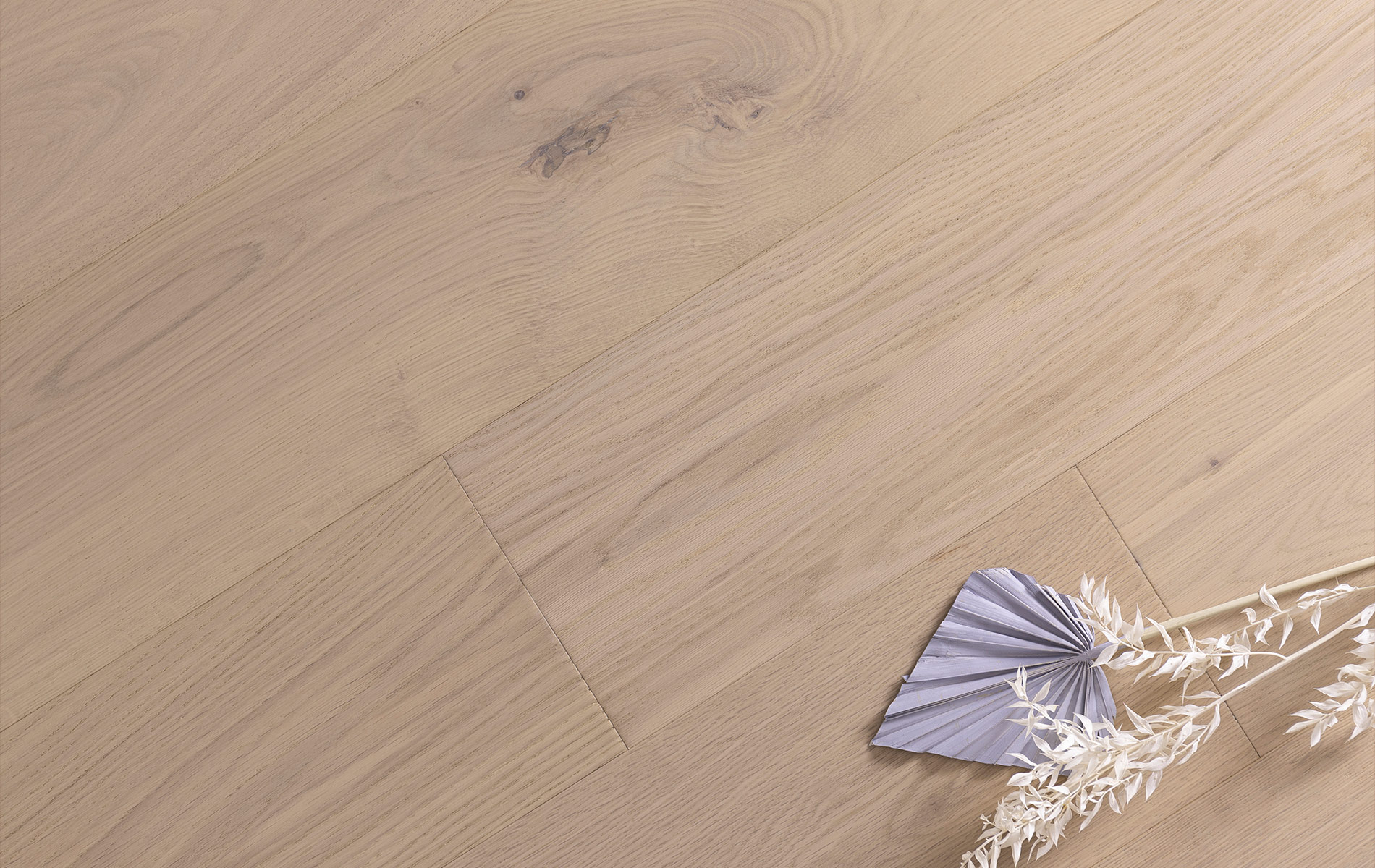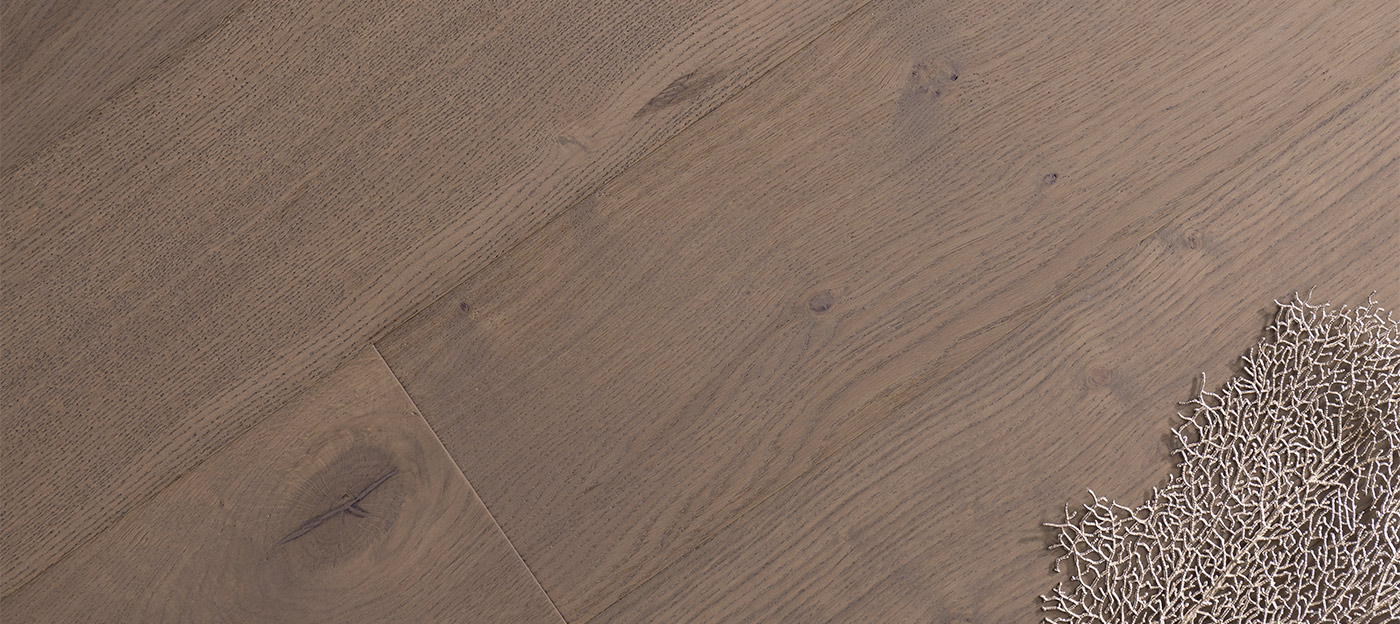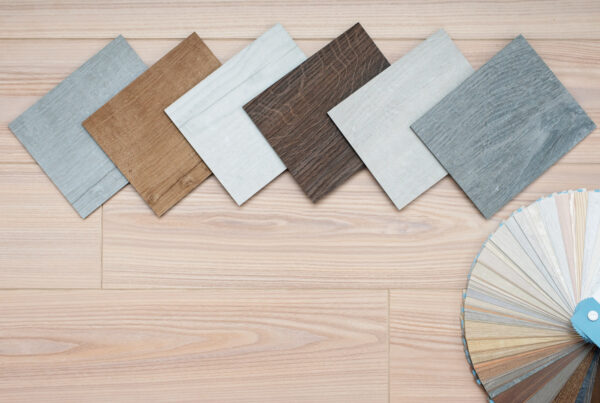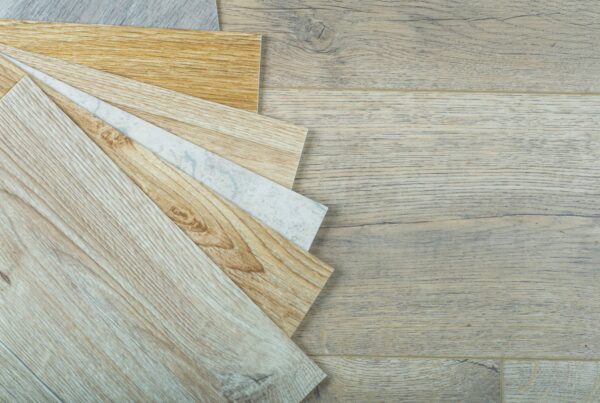When it comes to flooring options, engineered hardwood has become a popular choice due to its combination of aesthetic appeal and durability. In this comprehensive guide, we will delve into the various aspects that contribute to the durability of engineered hardwood floors, shedding light on their composition, construction, and factors influencing their longevity.
Composition and Construction of Engineered Hardwood
Engineered hardwood is crafted from multiple layers of wood, each playing a crucial role in its overall composition. The top layer, known as the wear layer, is typically made of hardwood veneer. This layer is responsible for providing the floor with its genuine wood appearance. The layers beneath, usually constructed from high-density fiberboard or plywood, add stability and strength to the flooring.
Understanding the intricate composition of engineered hardwood is essential for appreciating its durability. The combination of genuine wood aesthetics and layered construction ensures that the flooring can withstand the test of time while maintaining its visual appeal.
Wear Layer Thickness and Its Impact on Durability
One key determinant of an engineered hardwood floor’s durability is the thickness of the wear layer. The wear layer serves as a protective shield against daily wear and tear, including foot traffic, furniture movement, and other potential sources of abrasion. Opting for a thicker wear layer provides an additional buffer, enhancing the floor’s resistance to scratches and dents.
Investing in engineered hardwood with a substantial wear layer thickness pays off in the long run, as it directly correlates with the floor’s ability to withstand the challenges of daily use. This crucial factor contributes significantly to the overall durability of the flooring.
Plywood Core: Strength and Stability
The core of engineered hardwood is often composed of plywood, offering a balance of strength and stability. Plywood is renowned for its dimensional stability, resisting expansion and contraction that may occur with changes in humidity and temperature. This stability is crucial in preventing warping, cupping, or gaps in the flooring over time.
Choosing engineered hardwood with a sturdy plywood core ensures that the floor remains structurally sound, providing a foundation that withstands the rigors of daily life. The synergy between the wear layer and plywood core establishes a resilient flooring solution.
Surface Finish and Protective Coatings
The surface finish of engineered hardwood plays a pivotal role in its durability. Protective coatings, such as polyurethane or aluminum oxide, enhance the floor’s resistance to scratches, stains, and fading. These coatings act as a shield, preserving the integrity of the underlying wood and prolonging the floor’s lifespan.
Opting for engineered hardwood with a high-quality surface finish ensures that the flooring maintains its original luster while withstanding the challenges of everyday use. The protective barrier provided by these finishes adds a layer of defense against potential damage, contributing to the longevity of the floor.
Resistance to Moisture and Temperature Changes
Engineered hardwood is designed to be more resistant to moisture and temperature fluctuations compared to solid hardwood. The layered construction and plywood core contribute to increased stability, minimizing the risk of expansion, contraction, or warping in response to varying environmental conditions.
This resistance to moisture and temperature changes makes engineered hardwood suitable for installation in areas with fluctuating climates, such as kitchens and basements. Understanding and leveraging this feature enhances the durability of the flooring, ensuring it remains resilient in diverse settings.
Impact of Installation Methods on Longevity
The method of installation can significantly influence the durability of engineered hardwood floors. Professional installation, adhering to manufacturer guidelines, is crucial for ensuring the floor’s stability and longevity. Incorrect installation practices can lead to issues such as uneven surfaces, gaps, and compromised structural integrity.
Whether opting for glue-down, nail-down, or floating installation, following proper procedures is essential. Each method comes with its own set of considerations, and adherence to recommended guidelines ensures that the engineered hardwood floor performs optimally throughout its lifespan.
Environmental Factors and Engineered Hardwood Durability
Engineered hardwood’s durability is not only influenced by its internal composition but also by external environmental factors. Exposure to excessive sunlight, high humidity, or extreme temperature variations can impact the floor’s appearance and structural integrity over time.
Furthermore, prolonged exposure to direct sunlight may result in the fading of the wood’s natural color. Implementing window treatments, such as blinds or curtains, can help shield the engineered hardwood from harsh sunlight, preserving its original vibrancy and preventing discoloration.
Additionally, in regions with high humidity levels, expansion and contraction of the wood fibers may occur. This emphasizes the importance of maintaining consistent indoor humidity levels through the use of dehumidifiers or air conditioning. By controlling the environment, homeowners can actively safeguard their engineered hardwood floors against the adverse effects of varying weather conditions.
Maintenance Practices for Prolonging the Lifespan
Proactive maintenance is key to ensuring the longevity of engineered hardwood floors. Regular cleaning with a recommended hardwood floor cleaner, promptly addressing spills, and using furniture pads to prevent scratches all contribute to preserving the floor’s appearance and structural integrity.
In addition to routine cleaning, periodic inspections for potential issues, such as loose boards or worn-out finishes, are essential. Timely repairs and refinishing can prevent minor problems from escalating, ultimately extending the life of the engineered hardwood.
Avoiding excessive moisture during cleaning and promptly addressing any damage or wear ensures that the engineered hardwood remains in top condition. Implementing a routine maintenance schedule tailored to the specific needs of engineered hardwood promotes its durability and sustains its natural beauty.
Elevate Your Space with Engineered Hardwood Elegance: Choose Flatwater Finishes for Unparalleled Durability!
Now armed with comprehensive knowledge of the durability of engineered hardwood floors, it’s time to take the next step towards transforming your living spaces. If you desire flooring that marries aesthetic appeal with resilience, look no further than Flatwater Finishes. Our premium engineered hardwood floors are meticulously crafted to endure the challenges of daily life while exuding timeless elegance. Elevate your home or office with the beauty of engineered hardwood, and experience the lasting impact of Flatwater Finishes. Ready to make the upgrade? Contact us today to embark on a journey of enduring style and sophistication for your floors!








